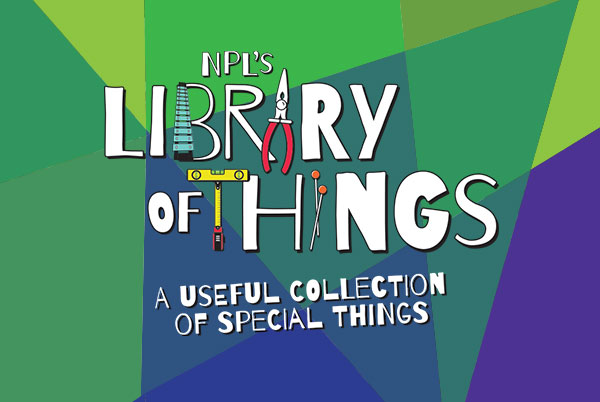
When I was little, my mom used to listen to the song with the lyric, “she ran calling Wildfire.”* That actually refers to a horse’s name, Wildfire, but every time I hear that word in reference to an actual wild fire, I think of that song. I’ve never lived in a part of the country where wildfires are a thing, so of course I find the topic utterly fascinating.
In northern California, fire season usually runs for four to six months, from late summer to early fall. In the perfect combination of bad, the winds also pick up, blasting the hot, dry air down into the canyons. In 2018, the season stretched on and on with no rain, and therefore no end, in sight. The beginning of November saw Butte County with a red flag fire warning and PG&E debating whether or not to turn off the power in order to prevent sparking a fire.
Unfortunately, they waited too long to decide. On the morning of November 8, a 100-year-old part on a tower north of the town of Paradise gave way and started the deadliest fire in California’s history.
This is the story of that fire.
It is also my favorite type of “weather” book. I put weather in quotes because I don’t think of fire storms as actual weather phenomena because they don’t take place in the sky and aren’t generated in the atmosphere. However, weather is highly influential in their creation, so here we are.
I could not put the book down once I started reading it. The author, San Francisco Chronicle reporter Lizzie Johnson, does a great job laying out the timeline and getting the reader connected with human stories on the ground. My mind was blown several times - especially when I kept reading about the traffic jam once the evacuation orders were given. Unfortunately, the fire moved unusually fast due to the hyper dry conditions, and several of the deaths happened because people got stuck in an unmoving line of cars and fire caught them before they could get away.
What happened in Paradise and the surrounding area was heartbreaking. I have no idea what it’s like to try and outrun a 2,000 degree fire storm. But Johnson did a great job of conveying what it was like for those poor souls who were just trying to go about their normal routines on what has probably become the worst day of their lives.
The book was absolutely captivating. Massive wildfires are becoming more common and only by studying the past can we help make better decisions to save more lives in the future.
Happy Fire-izing…
:) Amanda




